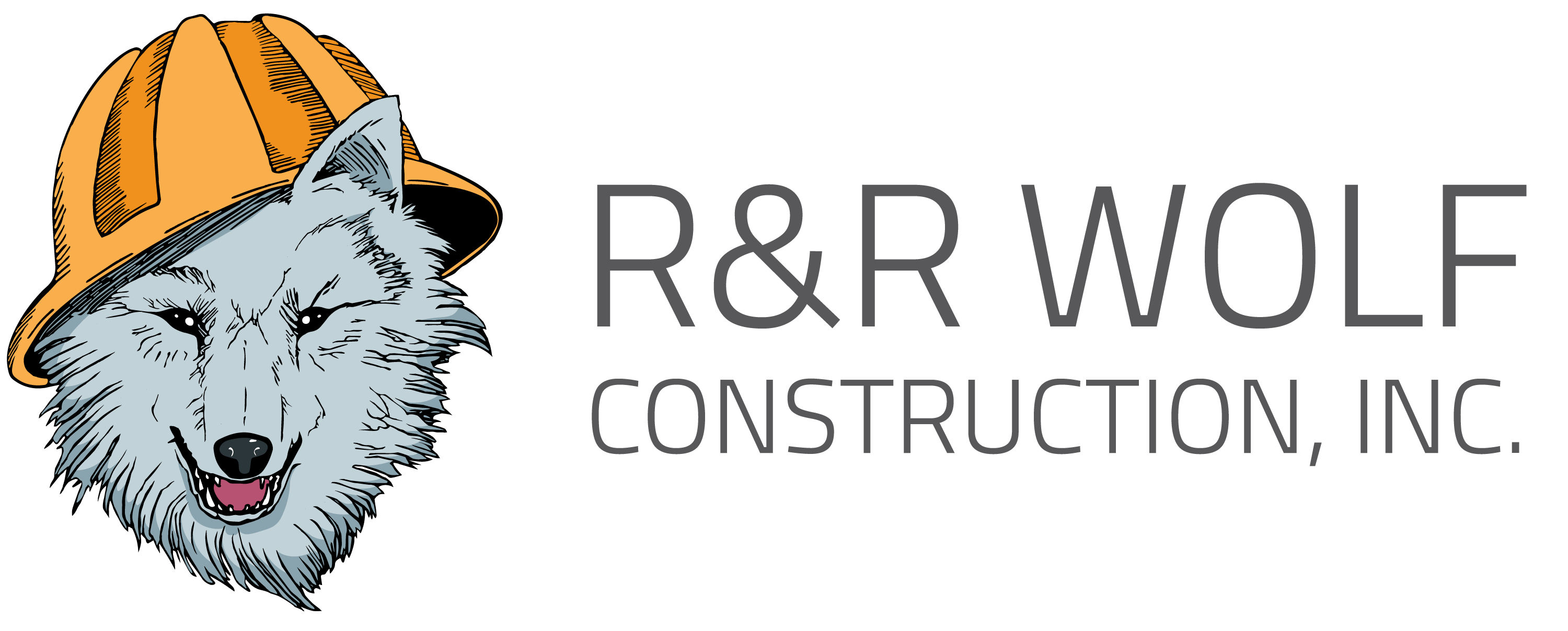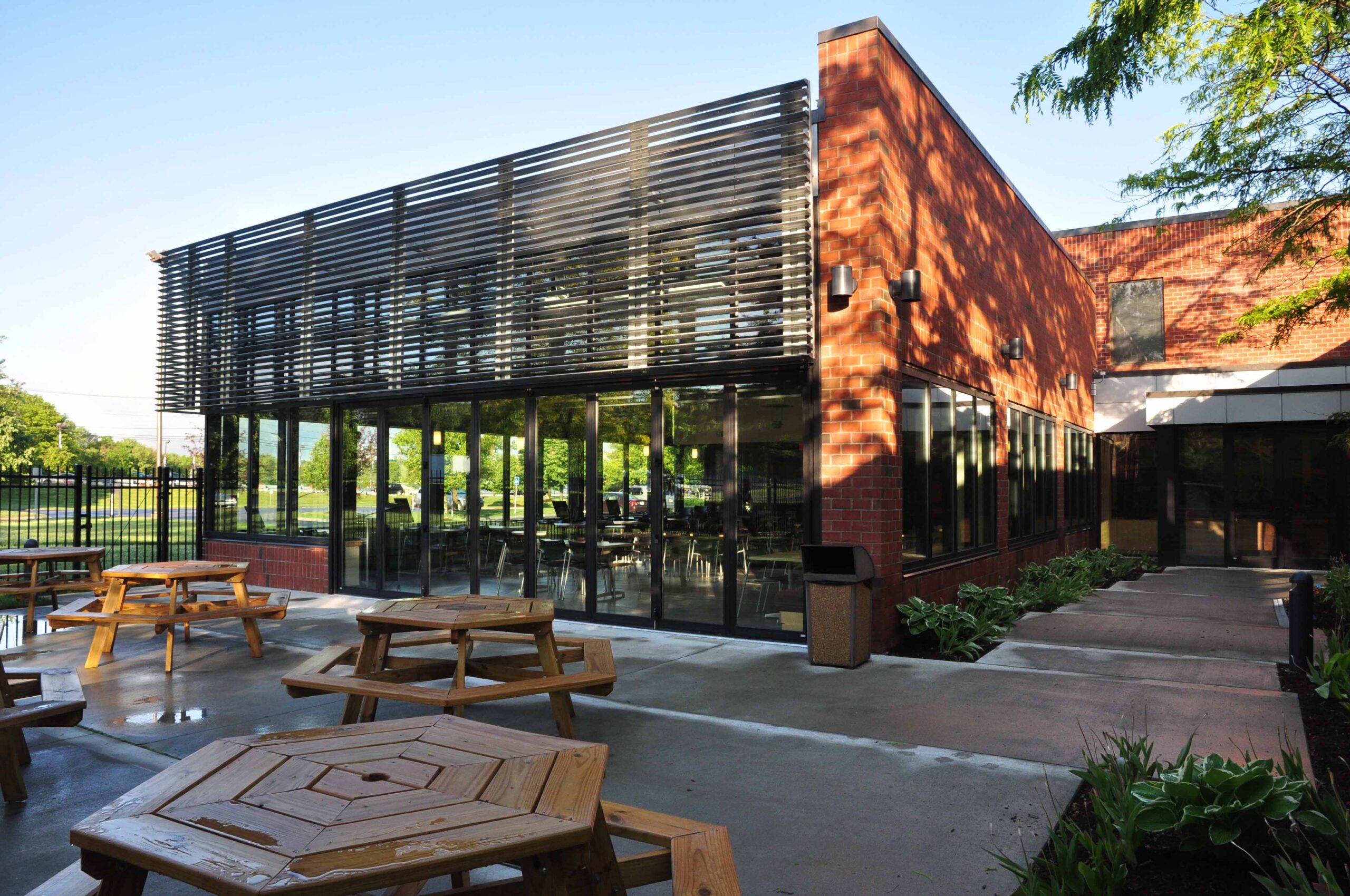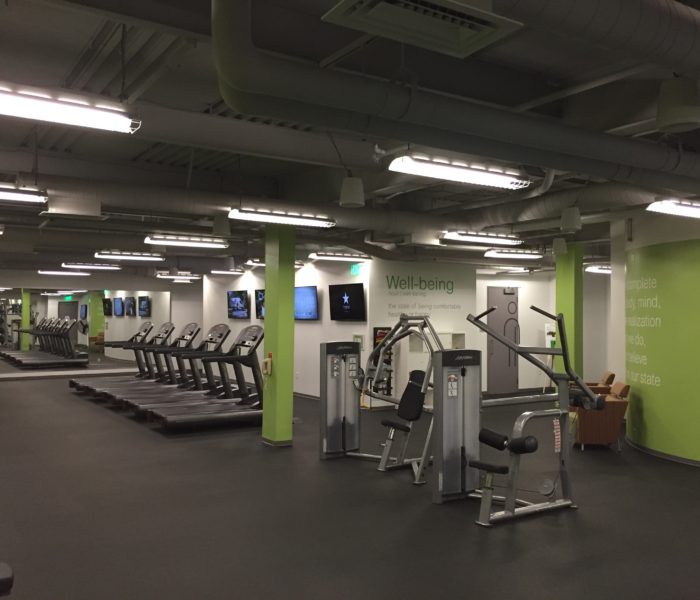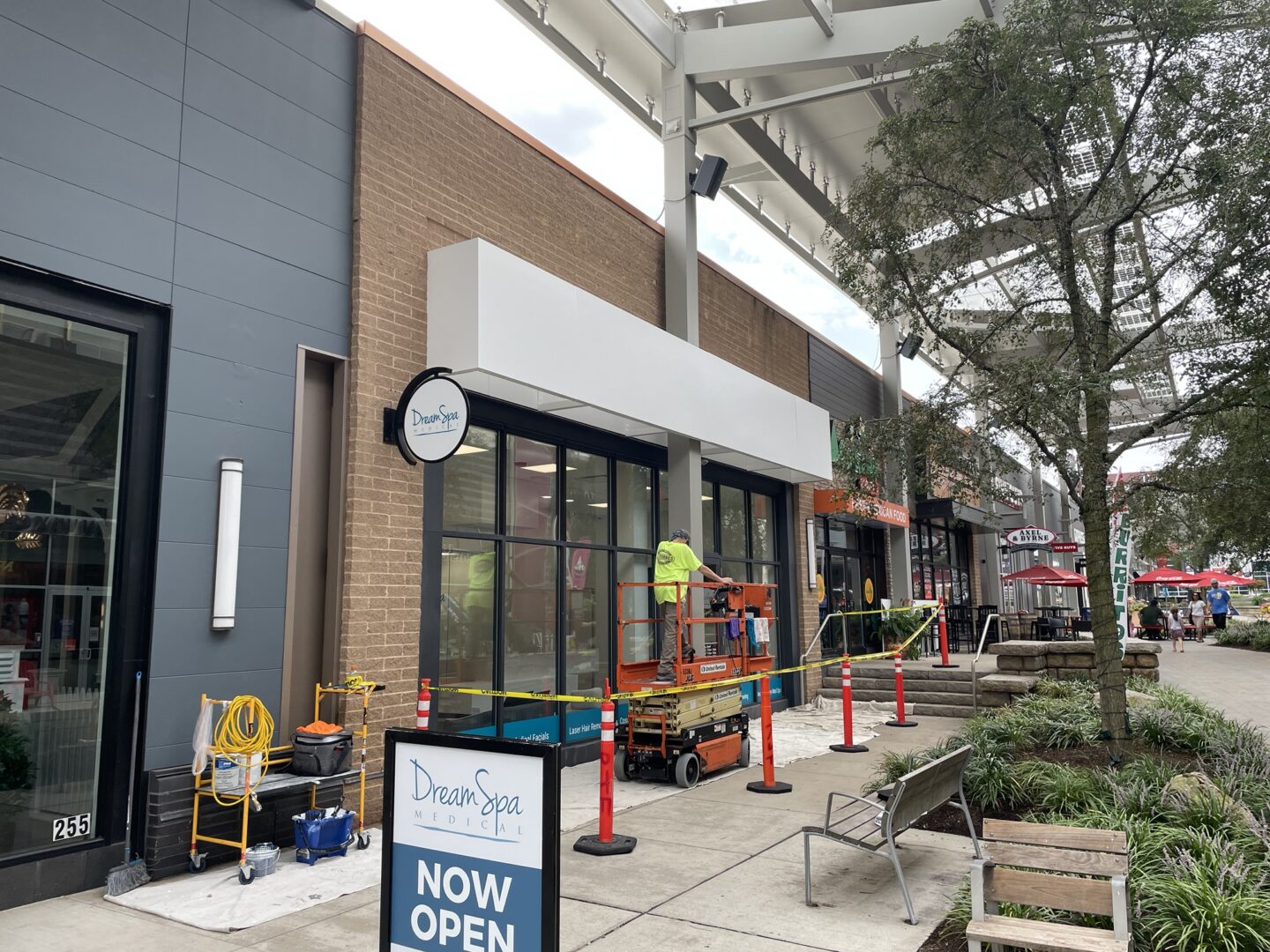FAQ
What is the difference between commercial construction and residential construction?
Commercial construction refers to the building of structures and facilities for commercial use, such as office buildings, retail stores, warehouses, hospitals, schools, and hotels. While residential construction refers to building structures for residential purposes, such as houses and apartment buildings.
What is the process of commercial construction?
The process of commercial construction typically involves the following steps: site analysis and selection, design, and engineering, permitting and approvals, construction planning, site preparation, foundation work, framing and structural work, mechanical and electrical installation, interior and exterior finishes, and final inspections.
What factors affect the cost of commercial construction?
Several factors can affect the cost of commercial construction, including the location of the project, the size and complexity of the structure, the quality of materials and finishes, and the level of customization and design.
What is the timeline for commercial construction projects?
The timeline for commercial construction projects can vary widely depending on the size and complexity of the project, as well as factors such as weather conditions, permitting and approvals, and unexpected issues that arise during construction. However, most commercial construction projects can take several months to several years to complete.
What is the role of a general contractor in commercial construction?
A general contractor is responsible for overseeing and managing all aspects of a commercial construction project, including coordinating with subcontractors, managing the budget and timeline, ensuring quality control, and ensuring compliance with all applicable building codes and regulations.
How do I choose a commercial construction contractor?
When choosing a commercial construction contractor, it is important to consider factors such as the contractor’s experience, reputation, licensing and insurance, portfolio of past projects, and communication and collaboration skills. It is also important to obtain multiple bids and compare proposals before making a final decision.
What permits and approvals are needed for commercial construction projects?
The permits and approvals needed for commercial construction projects can vary depending on the location and type of project, but typically include building permits, zoning approvals, environmental permits, and fire and safety inspections.
What are some common challenges in commercial construction?
Some common challenges in commercial construction include managing project timelines and budgets, coordinating multiple subcontractors, ensuring quality control and safety, navigating complex regulatory requirements, and addressing unexpected issues that arise during construction.
How can I ensure a successful commercial construction project?
To ensure a successful commercial construction project, it is important to work with experienced and reputable contractors such as R&R Wolf Construction, establish clear project goals and timelines, maintain open and regular communication with all stakeholders, and be prepared to adapt to unexpected issues and challenges that may arise during construction.
What is LEED certification, and why is it important in commercial construction?
LEED certification is a rating system that stands for Leadership in Energy and Environmental Design. It measures the environmental impact of a building and certifies it based on its energy efficiency and sustainability. It is important in commercial construction because it can increase the building’s value and improve its reputation.
What is value engineering, and how can it help save costs in commercial construction?
Value engineering is the process of analyzing a building’s design to identify areas where costs can be reduced without compromising quality. It can help save costs in commercial construction by finding alternative materials, designs, or construction methods that achieve the same results at a lower cost.
What is the role of subcontractors in commercial construction?
Subcontractors are hired by the general contractor to perform specific tasks, such as electrical work or plumbing. They play a crucial role in commercial construction by providing specialized skills and expertise to complete the project.
What is a change order, and why is it important in commercial construction?
A change order is a written document that specifies a change in the scope of work, cost, or timeline of a construction project. It is important in commercial construction because it allows for changes to be made to the project as needed, while ensuring that all parties agree on the changes.
What is the warranty period for commercial construction projects?
The warranty period for commercial construction projects can vary depending on the contract and the type of work performed. Typically, warranties range from one to five years and cover defects in workmanship or materials.
What is the process for obtaining financing for a commercial construction project?
The process for obtaining financing for a commercial construction project typically involves preparing a detailed business plan, obtaining a construction loan, and securing permanent financing once the project is complete.
What is a punch list, and why is it important in commercial construction?
A punch list is a list of items that need to be completed or corrected before a construction project can be considered complete. It is important in commercial construction because it ensures that all work has been completed to the required standards before the project is turned over to the owner.
What is the difference between design-bid-build and design-build in commercial construction?
Design-bid-build is a traditional method of construction where the design and construction phases are separated, and the project is put out for bid to multiple contractors. Design-build is a more collaborative approach where the design and construction phases are integrated, and the project is typically handled by a single contractor.
What is a certificate of occupancy, and why is it important in commercial construction?
A certificate of occupancy is a document issued by a local government that certifies that a building is safe and fit for occupancy. It is important in commercial construction because it is required before the building can be used for its intended purpose.
What is commissioning in commercial construction?
Commissioning is a quality assurance process that ensures all building systems and components are installed, tested, and functioning properly before occupancy. It is important in commercial construction because it can prevent costly repairs and maintenance issues down the line.
What is the difference between hard costs and soft costs in commercial construction?
Hard costs refer to the costs associated with the physical construction of a building, such as materials and labor. Soft costs refer to expenses that are not directly related to construction, such as design fees and permits.
What is an owner's representative in commercial construction?
An owner’s representative is a person or team hired by the owner of a commercial construction project to oversee the project on their behalf. They act as the owner’s agent and ensure that the project is completed on time, within budget, and to the owner’s specifications.
What is the difference between a construction manager and a general contractor?
A construction manager is responsible for managing the overall construction process, including scheduling, budgeting, and overseeing subcontractors. A general contractor, on the other hand, is responsible for the physical construction of the project and may also manage subcontractors.
What is a closeout package in commercial construction?
A closeout package is a collection of documents that is compiled at the end of a commercial construction project and handed over to the owner. It typically includes warranties, operating manuals, maintenance schedules, and other important information needed to operate and maintain the building.
What is the difference between pre-construction and construction services in commercial construction?
Pre-construction services focus on the planning and preparation activities needed to ensure a successful construction project, while construction services focus on the physical building and installation of the project.
What is BIM, and how is it used in commercial construction?
BIM (Building Information Modeling) is a digital representation of a building that includes information about its design, construction, and operation. It is used in commercial construction to facilitate collaboration among architects, engineers, contractors, and owners and to help identify and resolve potential issues before construction begins.




